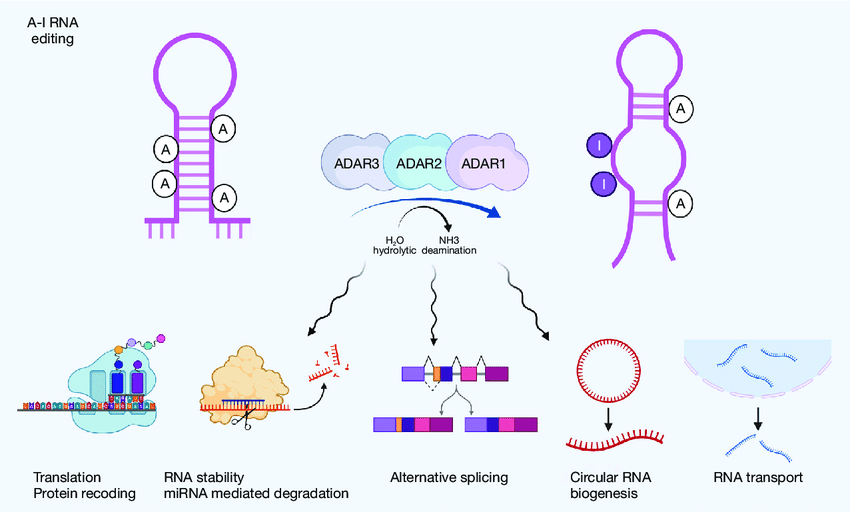- Courses
- GS Full Course 1 Year
- GS Full Course 2 Year
- GS Full Course 3 Year
- GS Full Course Till Selection
- Online Program
- GS Recorded Course
- NCERT (Recorded 500+ Hours)
- Polity Recorded Course
- Geography Recorded Course
- Economy Recorded Course
- AMAC Recorded Course
- Modern India, Post Independence & World History
- Environment Recoded Course
- Governance Recoded Course
- Science & Tech. Recoded Course
- International Relations and Internal Security Recorded Course
- Disaster Management Module Course
- Ethics Recoded Course
- Essay Recoded Course
- Current Affairs Recoded Course
- CSAT
- 5 LAYERED ARJUNA Mentorship
- Public Administration Optional
- ABOUT US
- OUR TOPPERS
- TEST SERIES
- FREE STUDY MATERIAL
- VIDEOS
- CONTACT US
LADAKH SHUTS OVER STATEHOOD DEMAND
LADAKH SHUTS OVER STATEHOOD DEMAND
- Recently, In February 2024 thousands of individuals of Leh launched a mass movement, demanding for Ladakh's full statehood and constitutional security under the 6th Schedule.
- The goals of this movement is to secure full statehood for Ladakh, to enforce the provisions of the Sixth Schedule, and to establish different parliamentary seats for Leh and Kargil districts.
- Key organizations leading this mass movement include the Leh Apex Body (LAB) and the Kargil Democratic Alliance (KDA).
What are the Primary Demands related to Ladakh region?
Ladakh’s History:-
- Ladakh enjoyed sovereignty as an independent state from 950 AD until 1834, after which it came under the rule of the Hindu Dogras.
- During the period from 1819 onwards, Sikh Emperor Ranjit Singh sought to conquer Ladakh, but Dogra feudal lord Gulab Singh succeeded in regaining control over Ladakh and Jammu and Kashmir.
- In May 1841, Ladakh faced invasion from Tibet, resulting the Chinese-Sikh War. This conflict concluded with the Treaty of Chushul.
- Following the Anglo-Sikh War of 1845–46, the state of Jammu and Kashmir, inclusive of Ladakh, fell under British control.
Geographical Positioning and Climate:
- Ladakh is surrounded by the Chinese Tibet Autonomous Region to the east, Himachal Pradesh to the south, Jammu and Kashmir and Pakistan's Gilgit-Baltistan region to the west, and the Karakoram Pass to the north, near Xinjiang's southwest corner.
- The region surrounding Ladakh is drained by the Indus River and its principal tributaries, including the Shyok-Nubra, Chang Chenmo, Hanle, Zanskar, and Suru rivers.
- Renowned for its extreme elevation and aridity, Ladakh ranks among the highest and driest regions on Earth.
Ladakh’s Political Background:-
- Ladakh, formerly part of Jammu and Kashmir, underwent significant changes, becoming a Union Territory after the revocation of Article 370 and the state's bifurcation in August 2019.
- Since then, the region has been struggling with its altered administrative status, emphasizing the need for greater autonomy and preservation of its cultural and demographic identity.
Primary Demands: Led by two prominent socio-political organizations, the movement revolves around securing protections previously guaranteed under Article 370 and 35A.
Key demands include:
- Statehood for Ladakh: Advocating for the elevation of Ladakh from its current Union Territory status to a full-fledged state, thereby empowering it with increased political autonomy and decision-making authority.
- Safeguards under the 6th Schedule: Urging for Constitutional provisions under the 6th Schedule to safeguard the cultural, linguistic, and land rights of the indigenous population.
- Job Reservation: Calling for reserved quotas in employment opportunities for Ladakhi youth, ensuring fair access to economic resources and avenues.
- Call for Recruitment Commission: The unmet demand for the establishment of a Public Service Commission in Ladakh is critical for addressing the huge surge in gazetted job openings. Ladakh urgently requires its own Public Service Commission to fulfill this need.
- Establishment of Separate Parliamentary Constituencies: Proposing the creation of distinct Parliamentary constituencies for Leh and Kargil, reflecting the unique demographics and geographical features of each region.
The Ministry of Home Affairs (MHA) has established a high-powered committee under the leadership of Union Minister of State for Home Nityanand Rai to engage with representatives addressing the demands from Ladakh.
Article 35A (now not in effect) granted the Jammu and Kashmir state legislature the authority to define "permanent residents" of the state and confer special rights and privileges upon them that is distinct from those available to Indian citizens at large.
What Are the Underlying Reasons for Ladakh's Current Union Territory Status?
- Cultural and Demographic Disparities: Before its designation as a Union Territory, Ladakh was part of the state of Jammu and Kashmir.
- Ladakh's Buddhist-majority population stood in stark contrast to the Muslim-majority population of the former state of Jammu and Kashmir.
- These differences frequently gave rise to concerns regarding resource allocation, political representation, and the preservation of cultural identity.
- Security Considerations:
- Ladakh's proximity to sensitive areas such as Pakistan and China underscores its strategic significance.
- Establishing it as a Union Territory enabled more efficient and direct administration by the central government, particularly concerning security affairs.
- Developmental Outlook:
- From a developmental standpoint, the Indian government likely saw the creation of the Union Territory of Ladakh as a means to redress longstanding grievances
- It enhance administrative effectiveness, and accelerate progress in the region.
What are the Constitutional Provisions Pertaining to the Formation of States in India?
- Article 3 of the Indian Constitution gives Parliament the authority to undertake various measures concerning the formation, alteration, or dissolution of states. These measures include:
- Formation of New States: Parliament is empowered to establish a new state by separating territory from an existing state, merging two or more states, or combining any territory with a part of an existing state.
- Increase or Decrease in State Area: Parliament possesses the jurisdiction to increase or diminish the geographical area of any state.
- Alteration of State Boundaries: Parliament has the capability to modify the boundaries of any state.
- Change of State Name: Parliament can alter the name of any state.
- Conditions under Article 3:
- A bill proposing such changes must be introduced in either house of Parliament only with the prior recommendation of the President.
- Before recommending the bill, the President must refer it to the concerned state legislature to express its opinions within a specified timeframe.
- Additional Considerations:
- Parliament's authority to create new states includes the ability to form a new state or union territory by uniting a part of any state or union territory with another state or union territory.
- Parliament is not bound to adhere to the views of the state legislature and retains the discretion to accept or reject them, irrespective of their timely submission.
- For union territories, no consultation with the relevant legislature is required, and Parliament may take any action it deems fit.
- Consequently, India is characterized as an indestructible union of destructible states.
What is the Sixth Schedule?
- About: The Sixth Schedule contains special provisions for the governance of tribal areas in the northeastern states of Assam, Meghalaya, Tripura, and Mizoram, as outlined in Article 244(2) of the Indian Constitution.
- Objectives:
- Its primary objectives are to safeguard tribal land and resources, preventing their transfer to non-tribal entities, and to protect tribal communities from exploitation.
- It ensures the preservation and promotion of their cultural and social identities.
- Autonomous Districts and Regions:
- The tribal areas within these states are to be administered as Autonomous Districts.
- In cases where various Scheduled Tribes inhabit an autonomous district, the Governor possesses the authority to partition the district into Autonomous Regions.
- The Governor is empowered to organize, reorganize, and alter the boundaries or names of autonomous districts.
- District and Regional Council:
- Each autonomous district is mandated to have a District Council, consisting of a maximum of 30 members.
- Of these, no more than 4 members are appointed by the Governor, while the remainder are elected through adult suffrage.
- Similarly, a distinct Regional Council is established for each area designated as an autonomous region.
National Commission for Scheduled Tribes (NCST)'s Recommendation to Incorporate Ladakh into the 6th Schedule:
- In September, 2019, the National Commission for Scheduled Tribes (NCST) recommended to the Ministry of Home Affairs and the Union Ministry of Tribal Affairs the inclusion of the Union Territory of Ladakh in the 6th Schedule.
- The Commission asserted that such inclusion would serve to fulfill the aspirations of 97 percent of the tribal population residing in the Ladakh region.
- Key Scheduled Tribes of Ladakh: Balti, Beda, Bot, Boto, Brokpa, Drokpa, Dard, Shin, Changpa, Garra, Mon, Purigpa.
Conclusion Right now, Ladakh's situation is both politically and strategically sensitive. There's a committee of 17 members appointed by the Union Home Ministry working on Ladakh's social, economic, cultural, and political issues. They've promised to provide legal protections for the Union Territory, but there hasn't been significant progress yet. We need quick and effective actions to make a difference.



